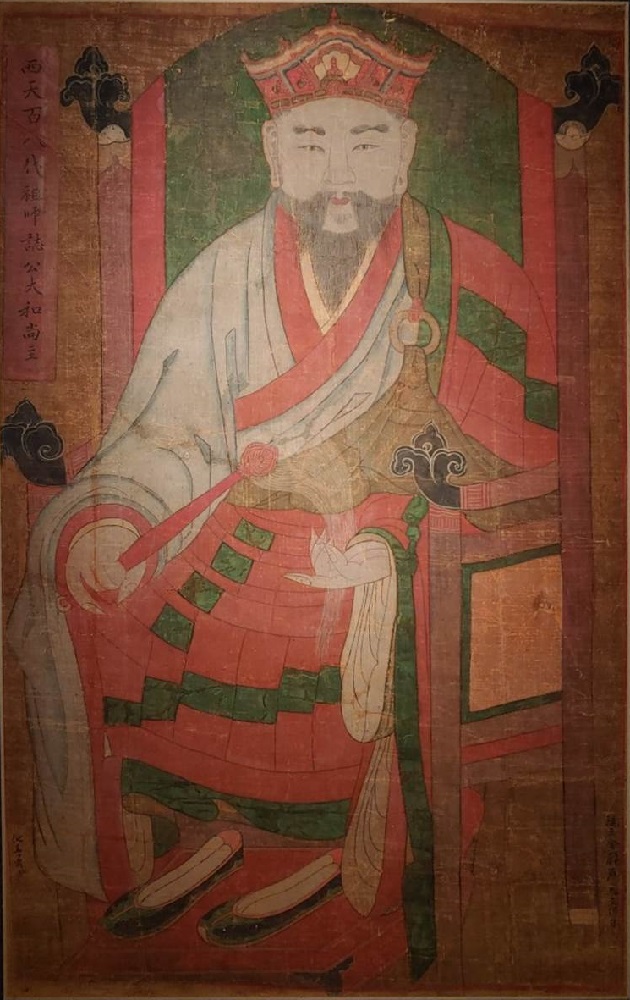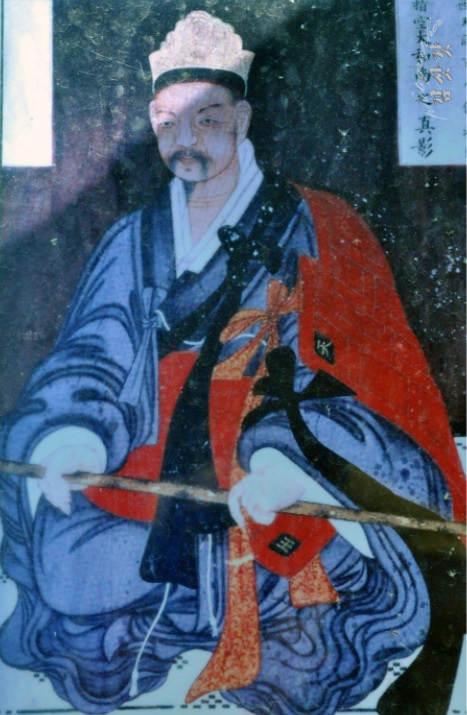ZEN MESTEREK ZEN MASTERS
« Zen főoldal
« vissza a Terebess Online nyitólapjára

指空 Zhikong / 지공 Jigong (1289-1364)
(North Indian monk, Dhyāna-bhadra 提納薄陀, aka Śūnyādiśya)
PDF: R. J. Dziwenka, 'The Last Light of Indian Buddhism' - The Monk Zhikong in 14th Century China and Korea,
thesis Univ. of Arizona, 2010
『범어사 지공직지 (梵魚寺指空直指)』 Jikji by Jigong in Beomeosa
http://busan.grandculture.net/Contents?local=busan&dataType=01&contents_id=GC04203451

the Indian monk 指空 Zhikong (Kor. Chigong; S. Śūnyādiśya)
Juhn Ahn 安俊泳 (University of Michigan):
“The Chigong hwasang sŏnyorok 指空和尚禪要錄 and the Question of Authenticity in Fourteenth-Century Sŏn Buddhism”
https://frogbear.org/from-the-caoxi-creek-to-mogao-cave-abstracts/
Naong Hyegŭn 懶翁慧勤 (1320-1376), a renowned Sŏn master who was active in Koryŏ Korea during the Yuan-Ming transition, has been the subject of recent scholarly debate. Shortly after his awakening in 1347, Naong left for Dadu where he studied under the Indian monk 指空 Zhikong (K. Chigong; S. Śūnyādiśya) for two years. In 1350, Naong left Dadu and headed south to go on pilgrimage. During this pilgrimage, he encountered and received tokens of transmission from Chan master Pingshan Chulin 平山處林 (1279-1361). Although Naong’s awakening was recognized by both Zhikong and Chulin, transmission records produced later in Korea consistently record Naong as the latter’s dharma heir. In his study of Zhikong, Korean buddhologist Hŏ Hŭng-sik raises the possibility of using the Yuan-Ming and Koryŏ-Chosŏn transition to make sense of this effort to paint Naong as Chulin’s heir. In this paper, I hope to develop Hŏ’s thesis further and explore the historical implications of Naong’s dual North-South or Indian-Chinese lineage by taking another close look at the Chigong hwasang sŏnyorok 指空和尚禪要錄 (Record of Sŏn Essentials by the Venerable Chigong), which only survives in Korea in manuscript form.